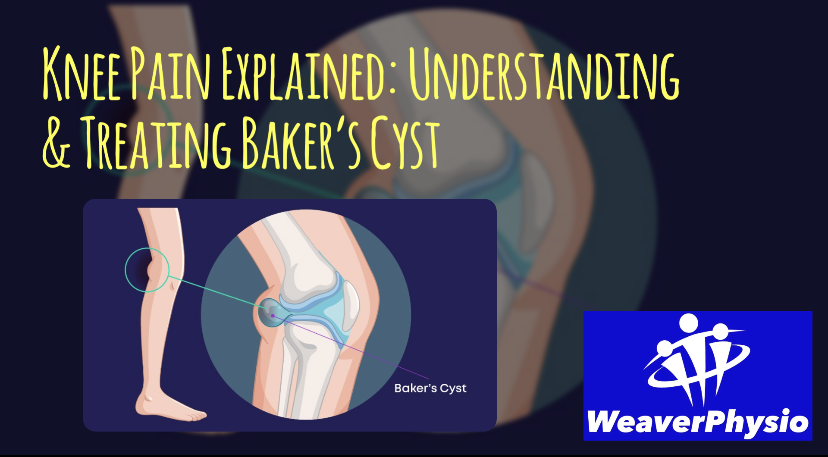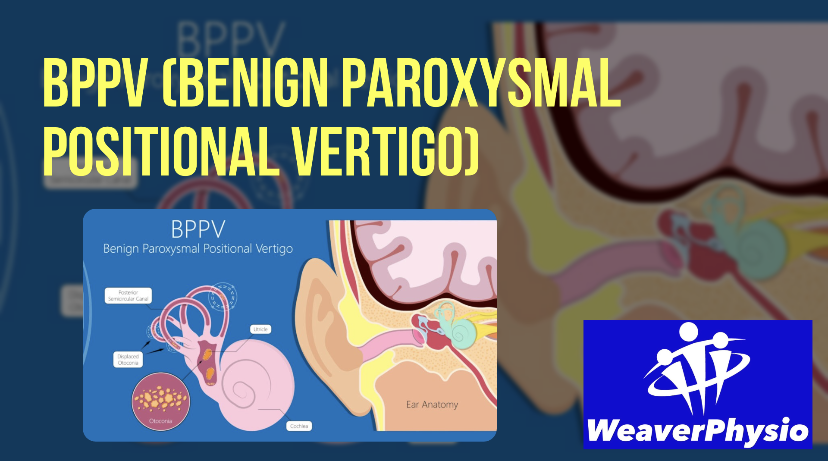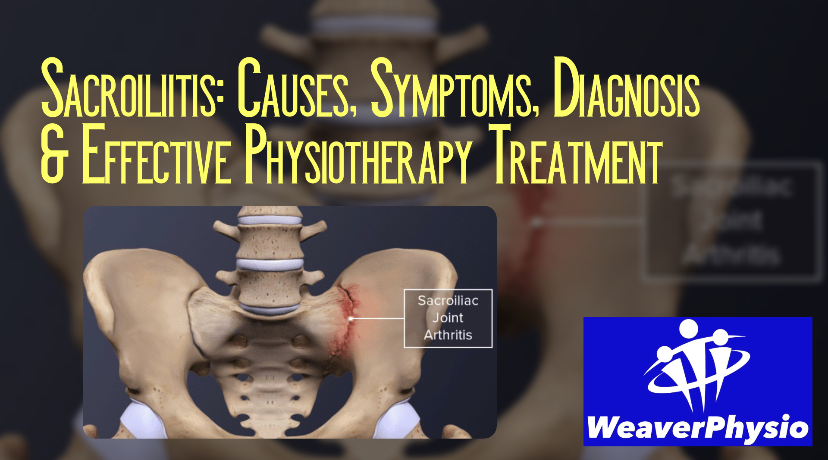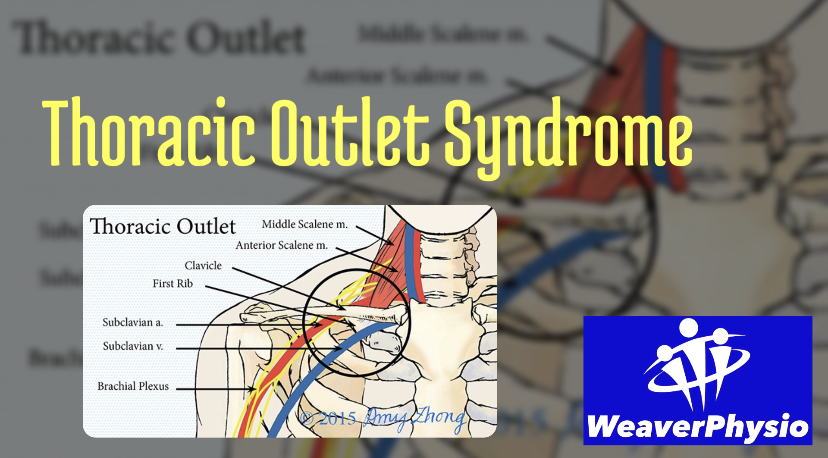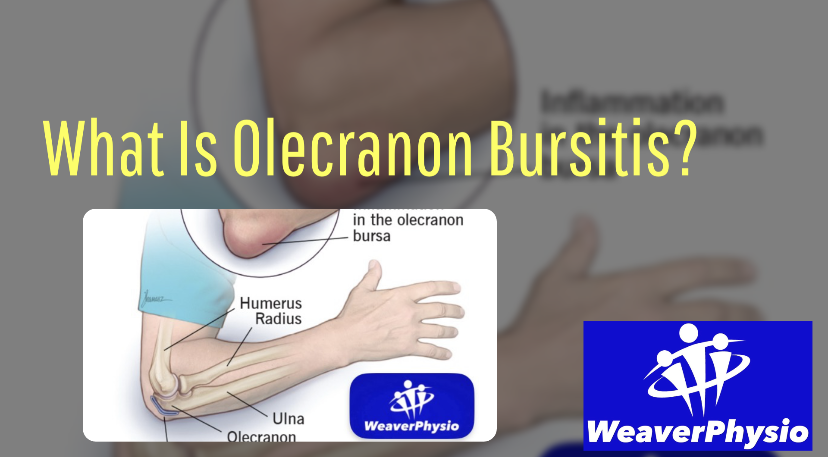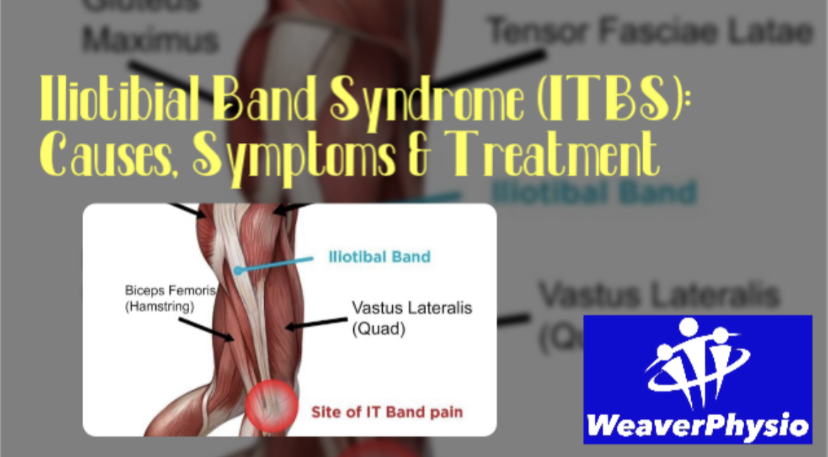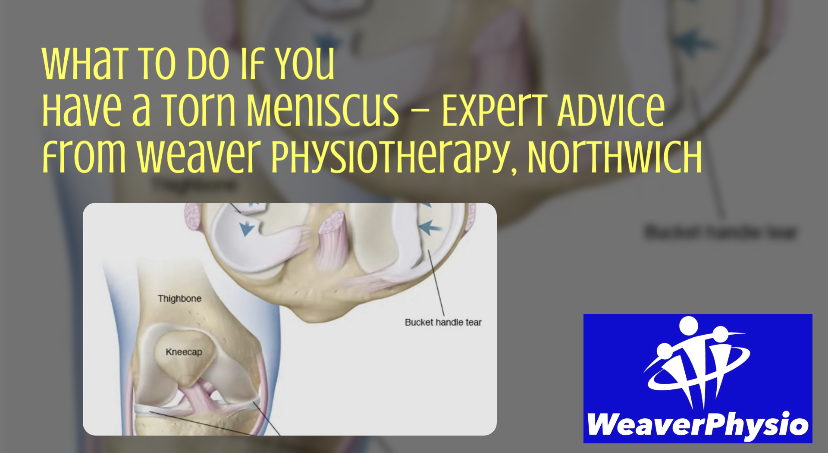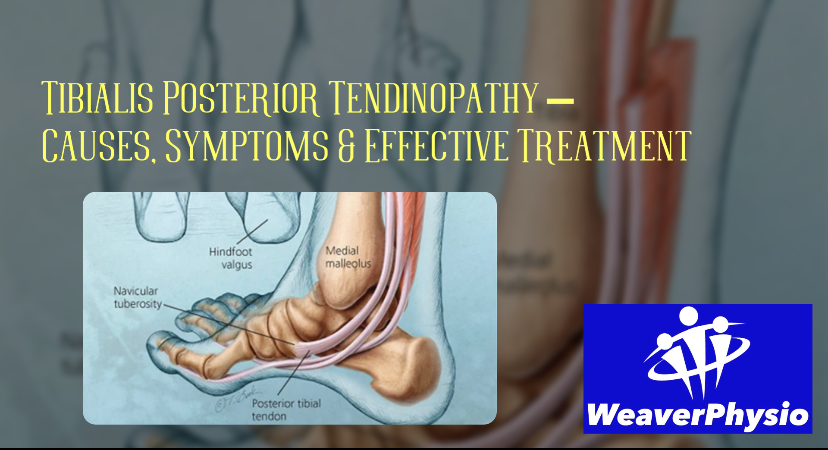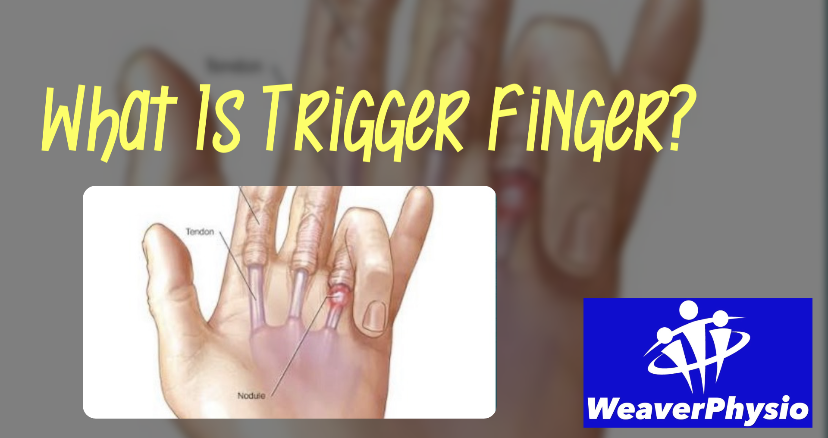TFCC Tear: Causes, Symptoms & Treatment
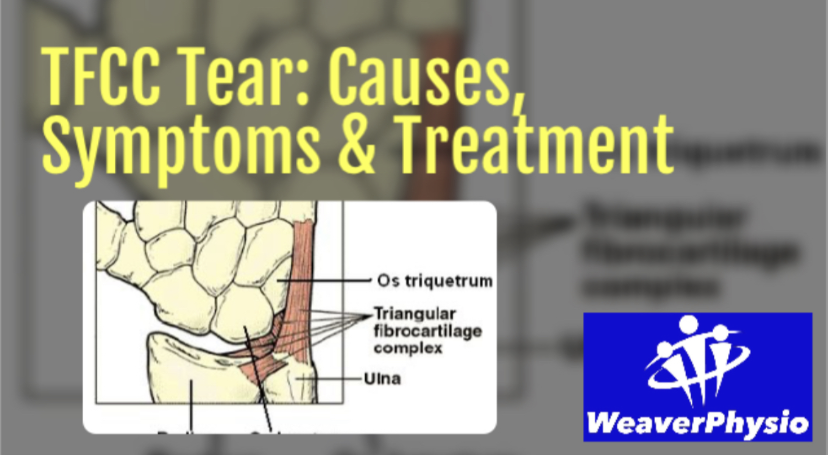
At Weaver Physiotherapy & Sports Injury Clinic in Northwich, Cheshire, our Chartered Physiotherapists treat a wide range of wrist and hand injuries. One of the lesser-known but increasingly common conditions is a TFCC tear – short for Triangular Fibrocartilage Complex tear. This type of injury often causes persistent wrist pain, weakness, and reduced grip strength, and if not managed properly, it can affect everyday activities, work, and sport.
In this comprehensive guide, we’ll explore:
• What the TFCC is and why it’s important
• Common causes and risk factors for TFCC tears
• Key symptoms and warning signs
• How TFCC tears are diagnosed
• Effective treatment options including physiotherapy
• How Weaver Physio can help you recover and get back to doing what you love
What is the TFCC?
The Triangular Fibrocartilage Complex (TFCC) is a structure located on the small-finger (ulnar) side of the wrist. It’s made up of cartilage and ligaments that:
• Stabilise the wrist joint
• Cushion and absorb shock between the forearm bones (ulna and radius)
• Support gripping, lifting, twisting, and weight-bearing through the wrist
Because of its role in stabilising and distributing force, the TFCC is vulnerable to injury – especially during sports, repetitive hand movements, or a fall on an outstretched hand.
Causes of a TFCC Tear
There are two main types of TFCC tears: traumatic and degenerative.
1. Traumatic TFCC Tear
These are caused by sudden injury or impact, often involving excessive twisting or loading of the wrist. Common examples include:
• Falling on an outstretched hand (FOOSH injury)
• Sports injuries in activities like tennis, gymnastics, football, or rugby
• Heavy lifting or sudden pulling actions
• Car accidents or direct impact to the wrist
2. Degenerative TFCC Tear
These tears develop gradually over time due to natural wear and tear or repetitive stress. Risk factors include:
• Repetitive wrist use (e.g. manual labour, factory work, trades)
• Age-related degeneration of cartilage
• Ulnar variance (when the ulna bone is slightly longer than the radius, increasing TFCC load)
• Previous wrist injuries leading to instability
Symptoms of a TFCC Tear
The symptoms can vary depending on severity, but common signs include:
• Ulnar-sided wrist pain (pain on the little finger side of the wrist)
• Pain when twisting the wrist (turning a doorknob, using a screwdriver, opening jars)
• Clicking, popping, or grinding sensations in the wrist
• Reduced grip strength and difficulty lifting objects
• Swelling or tenderness around the wrist joint
• Pain during weight-bearing activities such as pushing up from a chair or doing push-ups
• In severe cases, instability or weakness when gripping or rotating the wrist
If left untreated, a TFCC tear can become a long-term problem, affecting daily activities, sport, and work.
Diagnosing a TFCC Tear
Accurate diagnosis is vital for effective treatment. At Weaver Physio, our expert team combines clinical assessment with referral for imaging if needed.
1. Clinical Examination
• Detailed history of how the pain started
• Wrist palpation and movement testing
• Special tests such as the ulnar grind test or TFCC load test
2. Imaging Tests
• MRI scan is the gold standard for detecting TFCC tears
• X-rays may be used to rule out fractures or joint abnormalities
• Ultrasound can sometimes help assess soft tissue injuries
Treatment for TFCC Tears
The treatment plan depends on the severity of the tear, the patient’s lifestyle, and whether the tear is traumatic or degenerative.
1. Conservative (Non-Surgical) Management
Most TFCC tears respond well to non-surgical treatment – especially when managed early.
• Rest & Activity Modification – avoiding activities that aggravate the wrist
• Splinting or Bracing – to immobilise and allow healing
• Ice & Pain Relief – reducing pain and inflammation
• Physiotherapy – targeted exercises, manual therapy, and progressive rehabilitation
• Corticosteroid injections – occasionally used for stubborn inflammation
2. Physiotherapy for TFCC Tears at Weaver Physio
At Weaver Physiotherapy & Sports Injury Clinic, we specialise in tailored rehabilitation programmes for wrist injuries. Treatment may include:
✔️ Hands-on therapy to improve mobility and reduce stiffness
✔️ Strengthening exercises for forearm, grip, and wrist stability
✔️ Range of motion exercises to restore flexibility
✔️ Proprioception and coordination training for wrist control
✔️ Sport-specific or work-related rehabilitation to ensure safe return
3. Surgical Management
If the tear is severe, unstable, or does not respond to conservative care, referral to a specialist may be necessary. Surgery may involve:
• Arthroscopic debridement (cleaning up damaged tissue)
• Repair of the TFCC using sutures
• Ulnar shortening procedures if bone length contributes to tearing
Post-surgical recovery still requires structured physiotherapy to regain strength, mobility, and function.
Recovery Timeline for TFCC Tears
Recovery varies depending on the severity of the injury and whether surgery is required:
• Mild tears: 4–6 weeks with physiotherapy and bracing
• Moderate tears: 8–12 weeks of structured rehab
• Post-surgery: 3–6 months for full recovery and return to sport/work
At Weaver Physio, we create an individualised recovery plan to guide you through every stage – from early pain relief to advanced rehabilitation and return to activity.
Preventing TFCC Tears
While not all injuries can be prevented, you can reduce risk by:
• Avoiding repetitive heavy wrist strain where possible
• Using proper wrist support in high-impact sports
• Strengthening forearm and wrist muscles
• Addressing early signs of pain before they worsen
Why Choose Weaver Physiotherapy for TFCC Tear Treatment?
At Weaver Physiotherapy & Sports Injury Clinic in Northwich, we are trusted by patients across Knutsford, Winsford, Middlewich, Tarporley, Frodsham, and Cheshire for expert assessment and treatment of wrist injuries.
Here’s why patients choose us:
• 70+ years of combined clinical experience
• Chartered Physiotherapists with advanced skills in sports injuries, musculoskeletal rehab, and pain management
• Access to advanced treatments including shockwave therapy, acupuncture, and tailored rehabilitation
• A patient-centred approach focused on long-term recovery, not just short-term relief
• Convenient clinic location, flexible appointments, and personalised care
Whether you’re an athlete, manual worker, or simply someone struggling with wrist pain, we’ll help you recover, prevent further problems, and get back to living pain-free.
Final Thoughts
A TFCC tear can be painful, frustrating, and limiting – but with the right diagnosis and treatment, recovery is absolutely possible. Early intervention, physiotherapy, and guided rehabilitation make a huge difference to outcomes.
If you’re struggling with persistent wrist pain, clicking, or weakness, don’t ignore it. The earlier you seek treatment, the faster and more effective your recovery will be.
📞 Call 01606 227484 today or visit 🌐 www.weaverphysio.com to book your consultation at Weaver Physiotherapy & Sports Injury Clinic – Your Trusted Partner in Recovery, Performance & Pain-Free Living.
